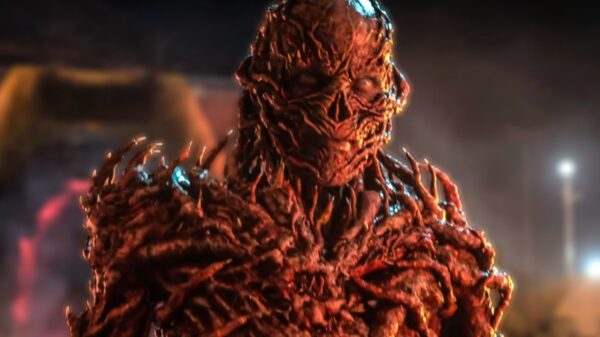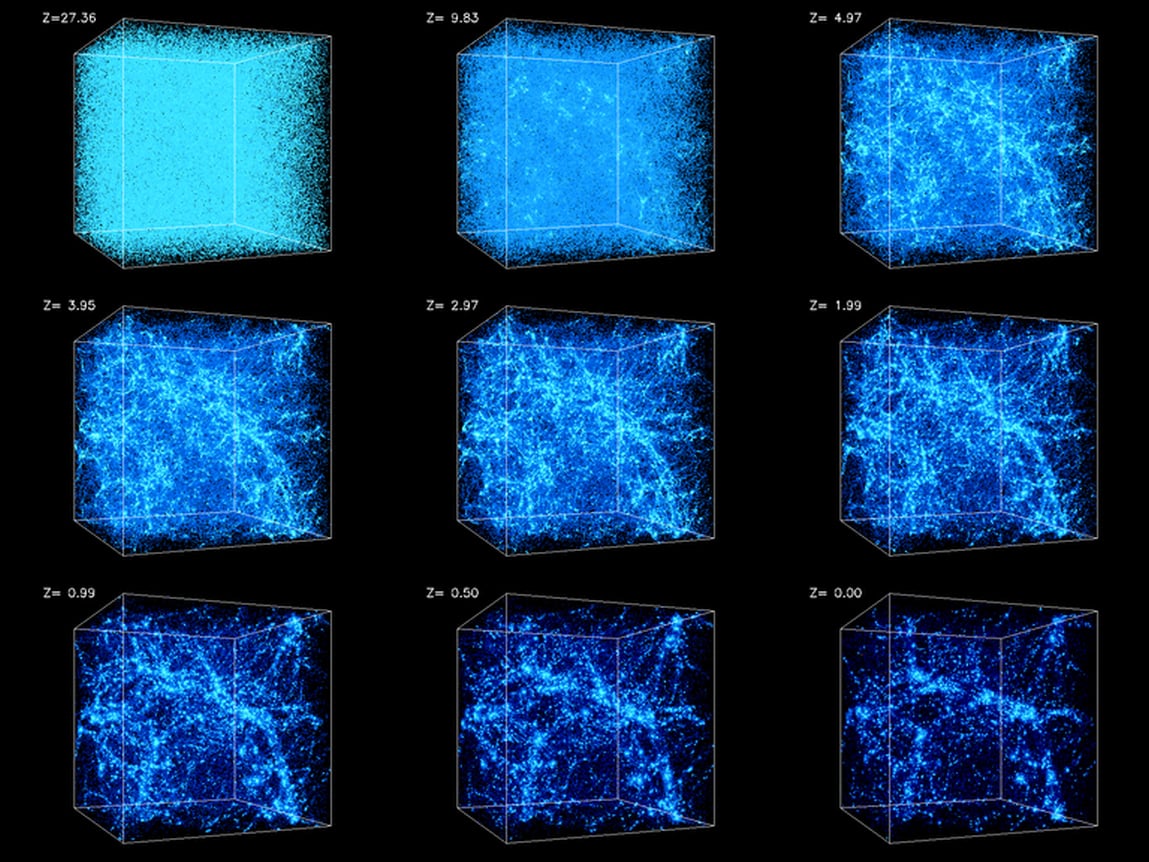Dr. Leonardo Giani from the University of Queensland has introduced a groundbreaking mathematical model that redefines how cosmologists understand the universe. This new framework accounts for the complex structures present in the cosmos, such as galaxies and voids, and their significant influence on cosmic evolution. The research takes a significant step away from traditional models that oversimplify the universe as a uniform entity.
For nearly a century, cosmologists have relied on a model that assumes matter behaves uniformly across space. While this approach helped explain phenomena like the Big Bang and the expansion of the universe, it overlooks the reality of matter’s interaction. Stars gather into galaxies, black holes form from collapsing matter, and vast empty voids exist between these structures, all interacting through gravitational forces.
Revolutionary Insights from DESI Data
Using data from the Dark Energy Spectroscopic Instrument (DESI), which can measure the universe up to 11 billion light-years away, Giani’s team has developed a model that integrates these complexities into cosmological measurements. They have identified critical parameters that determine how voids and collapsing regions of matter influence observations. Their findings indicate that the minimum size of voids and collapsing regions has a direct impact on the data collected.
When plotting various datasets against these parameters, the researchers found a surprising overlap in the data. Rather than clustering in the expected region indicated by the uniform model, the data appeared in a different area entirely. This suggests that large voids are responsible for some of the unusual behaviours observed in astronomical measurements.
Addressing Cosmic Mysteries
The implications of Giani’s model extend to two significant puzzles in modern cosmology: Hubble tension and dynamical dark energy. Hubble tension describes the ongoing discrepancy between different methods of measuring the universe’s expansion rate, leading to conflicting results. Meanwhile, dynamical dark energy posits that the force driving cosmic expansion might be decreasing over time.
Previous attempts to reconcile these discrepancies often resulted in new contradictions. Giani’s model, however, offers a more coherent explanation. It suggests that the perceived weakening of dark energy could be a result of an improved understanding of the universe’s complexity, rather than an actual change in the force itself. The new framework indicates that there is a specific region where the Hubble tension resolves, not because of the need for new physics, but due to a better accounting of the universe’s actual structure.
Upon testing their model against DESI data, Giani and his team confirmed that the complexities of the universe were indeed reflected in the observations. This marks a pivotal shift from trying to fit observations into overly simplified models toward acknowledging the intricate reality of the universe.
The findings, published in Physical Review Letters, suggest that many of the current mysteries in cosmology may not stem from the need for exotic new physics, but from a failure to accurately account for the universe’s uneven and interconnected nature. As researchers continue to explore these new insights, the understanding of cosmic evolution may undergo a significant transformation.







































































